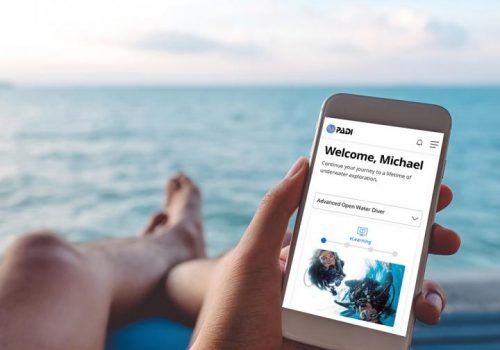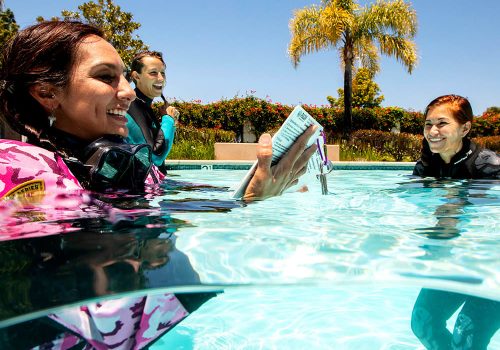Emergency First Response training focuses on building confidence in lay rescuers and increasing their willingness to respond when faced with a medical emergency. Course participants learn simple to follow steps for emergency care and practice applying skills in a nonstressful learning environment. All courses are supported by self-study manuals, videos and quick reference cards to enhance learning and allow you start learning right away.
The following EFR courses are based on internationally recognized medical guidelines for emergency care.
What the Emergency First Response Course Covers
This course can also linked with our PADI Rescue Diver Course.
PADI eLearning makes it easy to fit scuba lessons into a busy schedule. Complete the independent study part of your course whenever, wherever it’s convenient for you.
Work at your own pace, online or offline, using a computer or mobile device. Connect with your instructor for inwater training, or whenever you have a question.

After finishing your independent study, you’ll learn how to analyze a tank, fill out an enriched air log, and set your dive computer for nitrox. There are two optional dives.

Al Mahara Diving Center is a Premiere PADI Eco 5 Star Instructor Development Center offering our customers a wide range of watersports and activities.